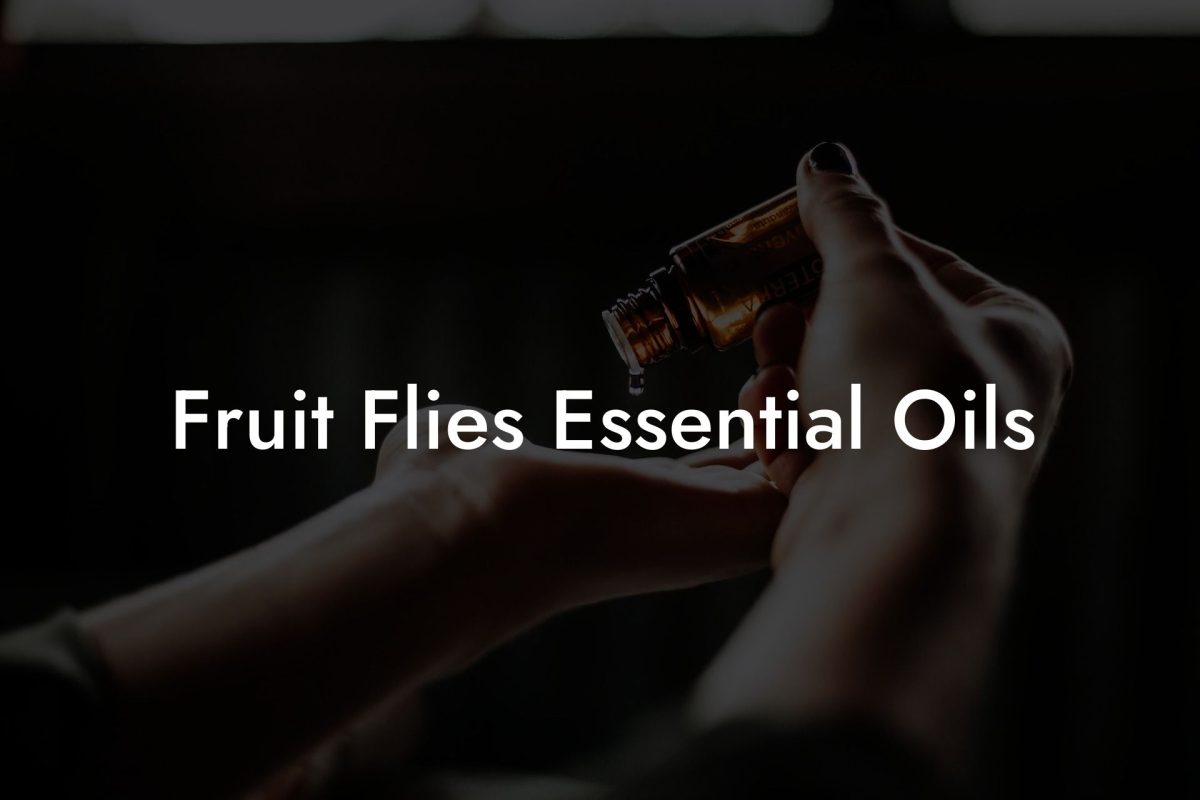Discover the intriguing world of essential oils and diffusers, and explore the benefits they can bring to your daily life. In this article, we’ll dive deep into the various types of essential oils, their therapeutic properties, and different diffusers designed to enhance the experience. So, sit back, relax, and immerse yourself in the enchanting world of aromatherapy.
Table of Contents
What Are Essential Oils?
Essential oils are highly concentrated extracts derived from plants, including flowers, leaves, bark, roots, and even the seeds. These oils hold the essence of the plant’s fragrance and properties, serving as the plant’s natural defense mechanism against threats like insects, animals, and environmental situations. When used in proper dilution, these oils have a wide range of therapeutic benefits for human health and wellbeing.
The Therapeutic Benefits of Essential Oils
- Relaxation: lavender, chamomile, and ylang-ylang help soothe the mind and body and promote better sleep quality.
- Energy Boost: peppermint, lemon, and rosemary increase alertness and concentration.
- Stress Relief: bergamot, frankincense, and neroli help alleviate anxiety and stress.
- Pain Relief: ginger, eucalyptus, and clove reduce inflammation and ease muscle and joint pain.
- Immunity Boost: tea tree, oregano, and thyme strengthen the immune system and protect against harmful viruses and bacteria.
A Guide to Essential Oil Diffusers
Essential oil diffusers are a popular method of dispersing the aroma of these potent oils into the air. Here’s a look at the different types of diffusers available in the market:
Ultrasonic Diffusers
These diffusers use water and ultrasonic vibrations to break down essential oil into micro-particles, resulting in a fine mist that’s released into the air. They also double up as a humidifier, adding moisture to the air, perfect for those suffering from dry skin or allergies.
Evaporative Diffusers
These diffusers use a fan to blow air through a pad or filter soaked with essential oils, causing the oils to evaporate into the air. Evaporative diffusers may not be as effective as ultrasonic types in evenly distributing the oil’s aroma and therapeutic benefits.
Heat Diffusers
Heat diffusers work by heating the essential oil, causing it to evaporate and disperse into the air. While easy to use and generally silent, heat diffusers may alter the therapeutic properties of the oil due to the heating process.
Nebulizing Diffusers
Nebulizing diffusers use a high-speed jet of air to atomize the essential oil into tiny particles, which are then released into the air. These diffusers are considered the most effective method of essential oil diffusion, but they can be noisier and more expensive than other types.
Essential Oils And Diffusers Example:
Imagine coming home after a long day at work, feeling stressed and overwhelmed. You pour yourself a glass of water and decide to unwind with a calming essential oil blend in an ultrasonic diffuser. As the aromatic mist fills the room, you begin to feel a gentle wave of relaxation washing over you. The soothing scent of lavender, combined with the uplifting qualities of orange and cedarwood, envelop you in a cocoon of tranquility, melting away the stress and tension of the day. This is the power of essential oils and diffusers, bringing balance and harmony into our daily lives.
We hope this essential guide to oils and diffusers has provided you with valuable insights to enhance your wellbeing. Don’t forget to share this article with friends and family who might benefit from a little aromatherapy magic. Curious to learn more? Dive into our other informative guides at Oshu Oils or explore our exquisite range of essential oils and diffusers, expertly crafted to help you live a more balanced life.





















